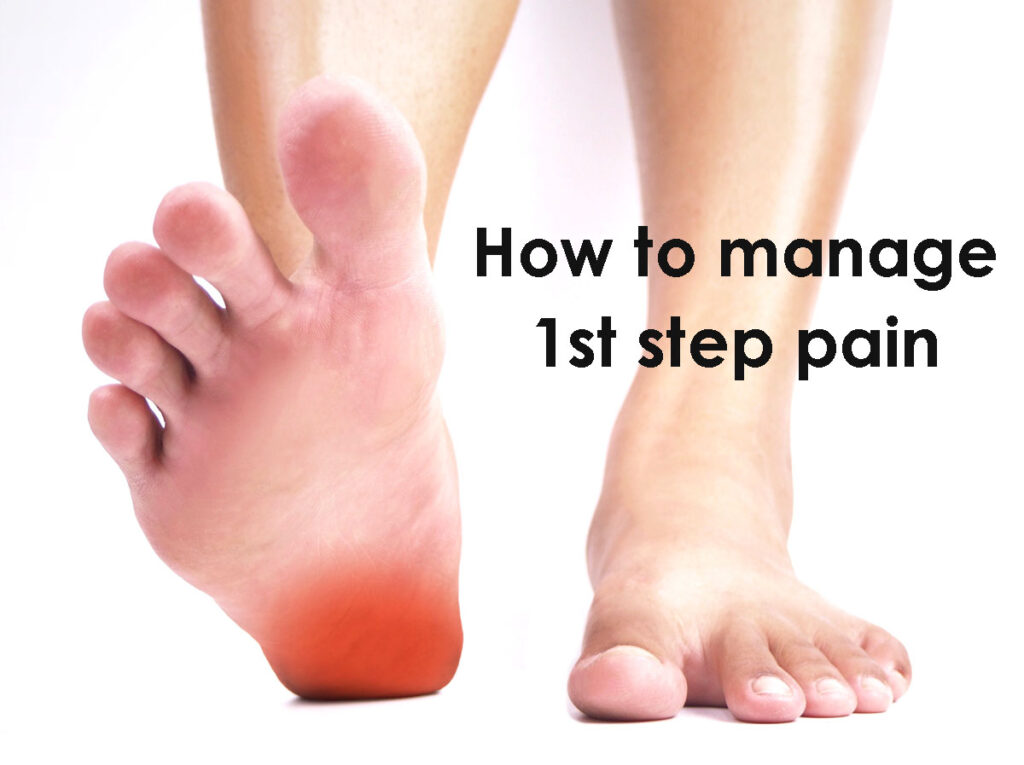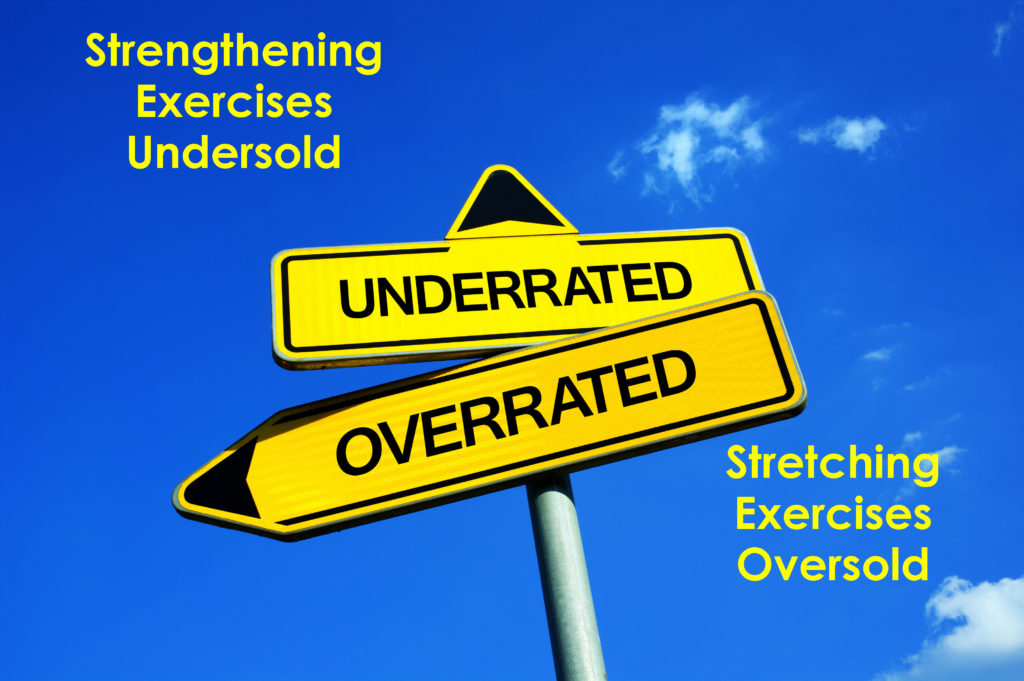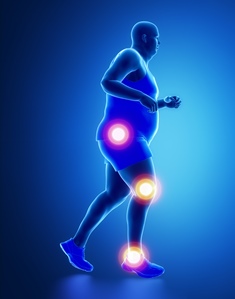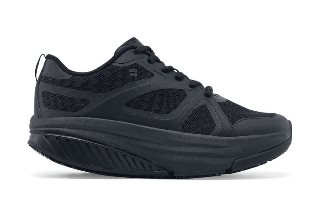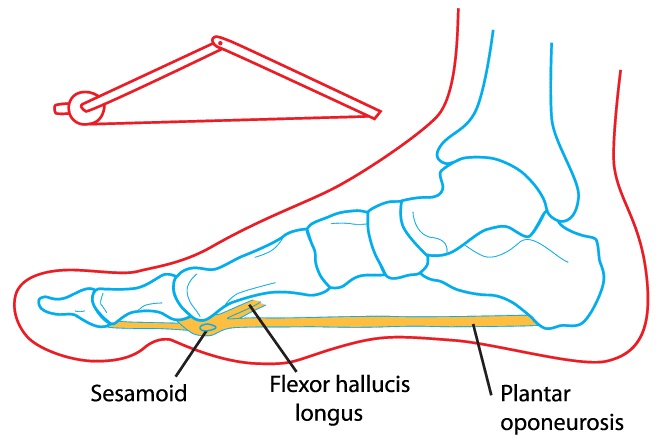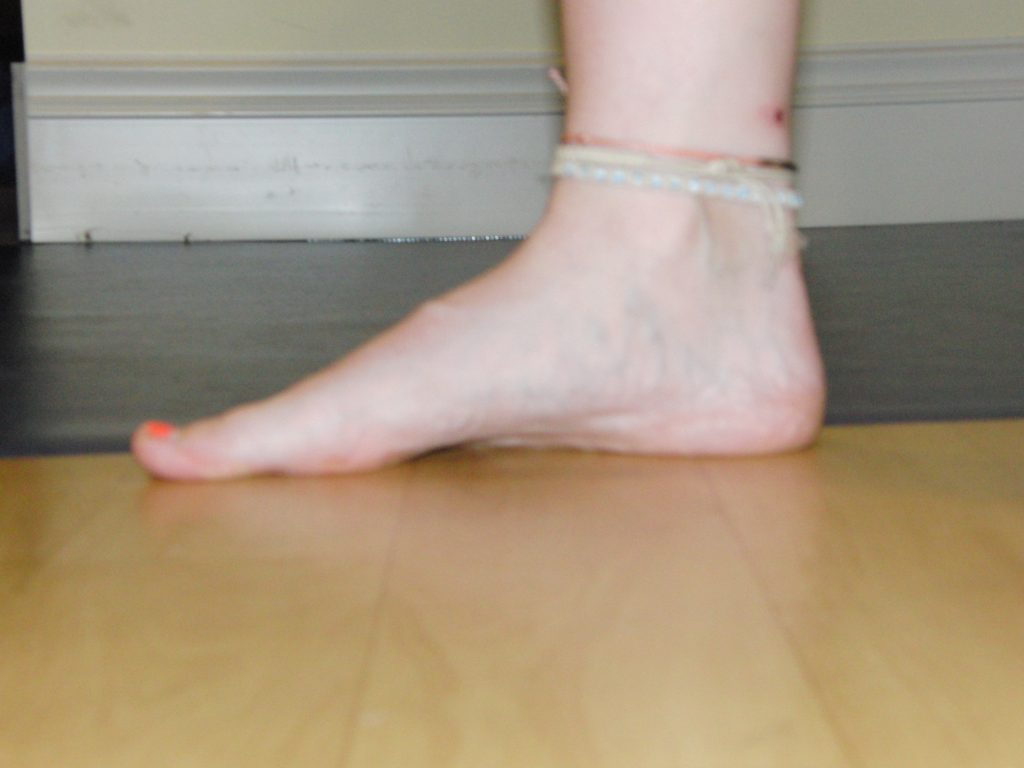Posts Tagged ‘Plantar Fasciitis’
Steps to manage first step pain
A definitive symptom of plantar heel pain is “first-step pain” First-step pain is felt on the first step out of bed in the morning or after other periods of inactivity such as sitting in meetings or long car drives. The following are simple steps to manage the 1st step pain: Purposeful pandiculation for pain plantar…
Read MorePlantar fasciitis v tendinopathy words matter – stretching exercises are overrated
Why is the plantar region the only region of the body where the terminology of fasciitis is used? Fascial tissue is present throughout the body including the ankle, knee, hip, back, and abdominal regions of the body. Yet, we do not use the term knee fasciitis or back lumbar fasciitis. We know that stretching exercises…
Read MoreClinical Predictive Rules for Management of Plantar Heel Pain
Medical professionals rely on clinical practice guidelines to have better outcomes, lower utilization of care, and lower costs. These guidelines have limited value since they often fail to keep up with new research findings or recently available diagnostic or therapeutic interventions. For example: clinical practice guidelines are available for plantar heel pain (plantar fasciitis) from…
Read MoreGait Deviations Musculoskeletal Pain Syndromes: Is there a gait deviation or cluster of gait deviations which is common across musculoskeletal pain syndromes?
Gait deviations are considered risk factors and/or causative drivers for musculoskeletal pain syndromes. There is a growing body of research showing a relationship between gait deviations and musculoskeletal pain syndromes injuries: shin pain (here, & here,) ; patella-femoral arthralgia (here); IT band syndrome; Achilles pain; plantar heel pain (here, & here). There is growing consensus…
Read MoreHow to exercise to lose weight when exercise is painful
High body mass index (BMI) is significant factor in low back pain, osteoarthritis; hip osteoarthritis; knee osteoarthritis, plantar heel pain. Weight loss intervention for pain reduction Decreasing body weight is an effective intervention to decrease musculoskeletal pain. Research by Stephen Messier at Wake Forest U, looking at individuals with painful osteoarthritis of the knee who…
Read MoreCan Isometric Exercise Help Plantar Heel Pain: What is Best Joint Position?
Anyone who has had tendon pain will tell you it is a frustrating problem to resolve. Common repetitive use tendon problems include: plantar heel pain; Achilles; patellar (knee) tendon; hamstring tendon; gluteal (buttock pain) tendon; rotator cuff (shoulder) syndrome; and tennis elbow. Tendon problems take a long time to heal. Understanding the continuum of tendon…
Read MoreShoe Soles: Stiff Rocker Bottom Sole versus Flexible Sole “Barefoot”
There are many things to consider when selecting shoes, including comfort, injury and energy expenditure. Arnie Davis a Certified Pedorthotist has coined the term shoes with rocker bottom soles are the proverbial “aspirin” for chronic foot problems. A rocker sole shoe is recommended to help manage a number of painful injuries including: low back pain;…
Read MorePain on Bottom of Heel: Too Much Big Toe Motion
Pain on the bottom of the heel (Plantar Heel Pain) is a complex problem with variable diagnoses and explanations. And with variable diagnoses there should be variations in treatment. Unfortunately, the common treatment recommendations do not recognize such variability. For example, the universal suggested treatment for plantar heel pain is calf stretching and stretching of…
Read MoreStrengthening Exercises for Intrinsic Foot Muscles
Exercises to strengthen the foot are frequently used to treat injuries to foot, ankle, knee, hip and low back. Toe curl or toe scrunching exercises is not appropriate for strengthening the muscles intrinsic to the feet. Muscles about the foot and ankle are described as either extrinsic muscles or intrinsic muscles. Extrinsic foot muscles have…
Read MoreStiffness – Resistance to Change: Good or Bad?
In the realm of health and fitness, the term stiffness often has a bad connotation. In reality, being stiff can have positive benefits. When something is stiff, it is difficult to change. When the range of motion of a joint is limited, it is also described as stiff. There is an optimal range of motion…
Read More
